
Nail Salon Health & Safety Documents

We give you the tools to take control of your Nail Salon's health & safety
Quickly elevate health & safety standards in your Nail Salon business by managing health & safety yourself. Our Nail Technician health & safety document templates are designed to be straightforward and user-friendly. Many are pre-populated with relevant information and pre-filled examples are included to make filling in your documents much easier.
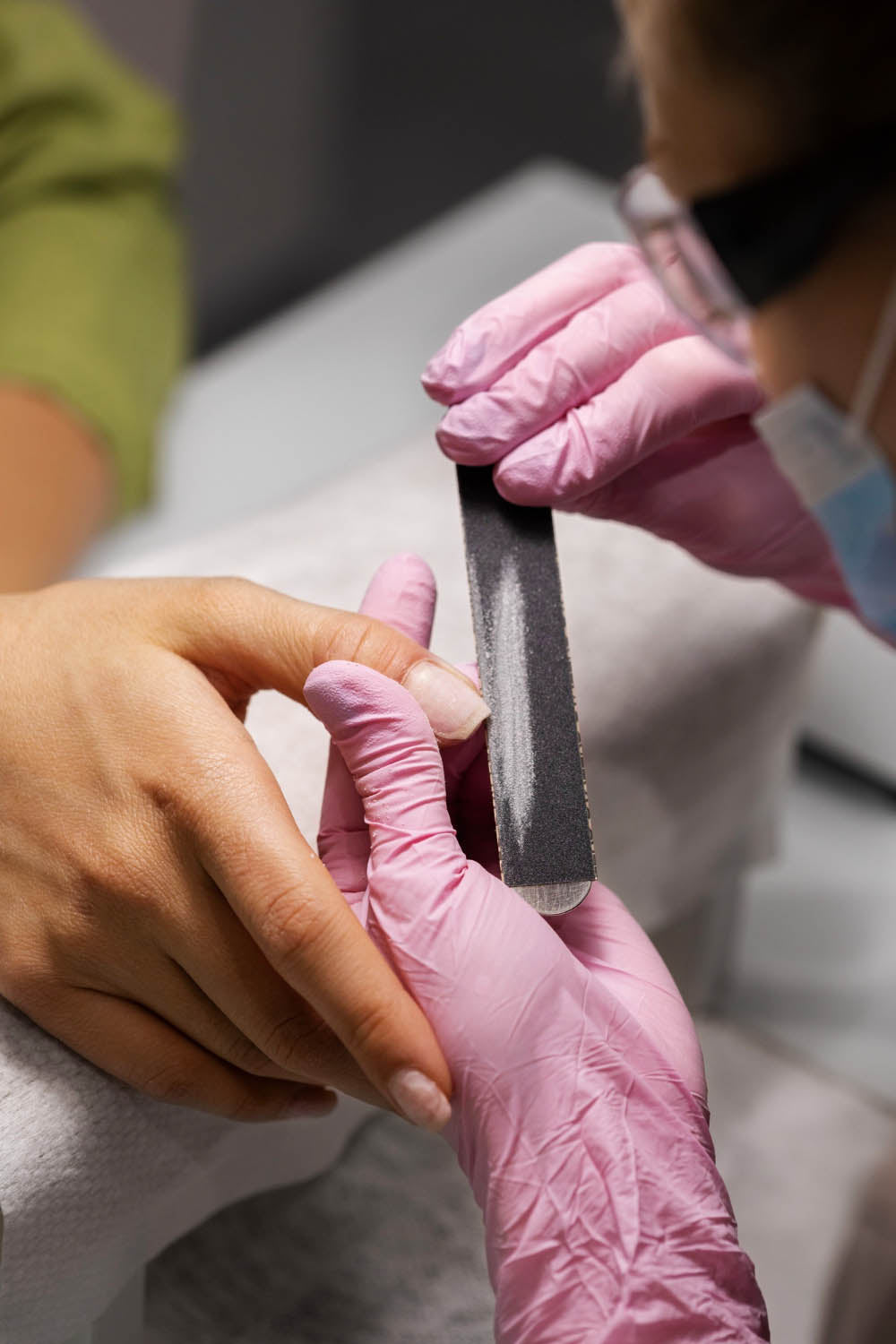
Why Health & Safety is Crucial in Nail Salons
The allure of a nail salon often lies in its promise of beauty and relaxation. However, beyond the aesthetic appeal, there's a critical component that holds the business together: health and safety. In the UK, where stringent regulations govern the wellness of both employees and customers, the role of health and safety in nail salons cannot be overstated.
The Risks of Chemical Exposure
Chemicals in nail products can pose health risks, such as skin irritation or respiratory issues. Compliance with the UK's COSHH regulations ensures that these risks are minimised, protecting everyone in the salon.
Importance of Ventilation
Poor ventilation can exacerbate chemical hazards, leading to an unhealthy environment. According to the UK's HSE guidelines, effective ventilation systems are recommended for ensuring a safe salon atmosphere.
Infection Control: More than Just Cleanliness
Beyond mere cleanliness, proper sanitisation prevents bacterial and fungal infections. Strict procedures, as mandated by UK regulations, help avoid cross-contamination between clients and technicians.
Legal Ramifications
Ignoring health and safety regulations can result in severe legal consequences, including fines or business closure. Adherence to UK laws is thus not just ethical but vital for business sustainability.
In Summary...
In summary, health and safety are paramount in the UK nail salon industry for safeguarding well-being, fulfilling legal obligations, and ensuring business longevity. By ensuring your compliance to UK Health & Safety laws and regulations, nail salons can offer a secure and enjoyable experience for all.
-
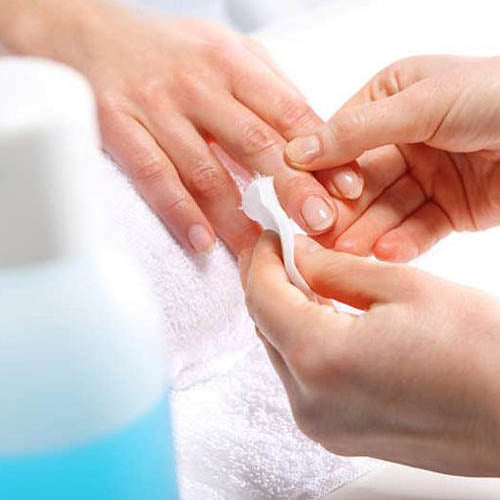
Chemical Exposure
Technicians and clients can be exposed to various chemicals found in nail polish, removers, and other solutions. Proper ventilation and safe storage are crucial to mitigate risks related to fume inhalation and skin contact.
-
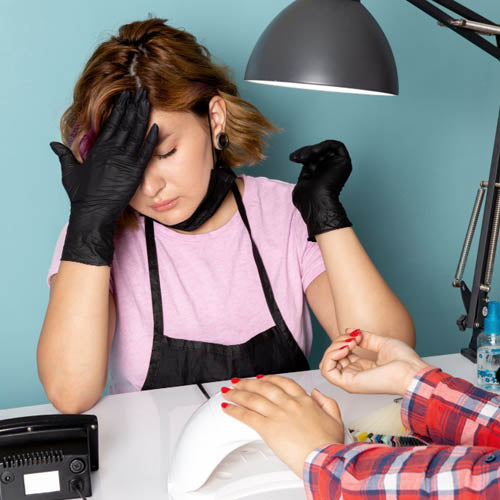
Poor Ventilation
Lack of proper ventilation can exacerbate the risks associated with chemical exposure and can lead to respiratory issues. Proper air filtration systems are important for the well-being of both staff and customers.
-
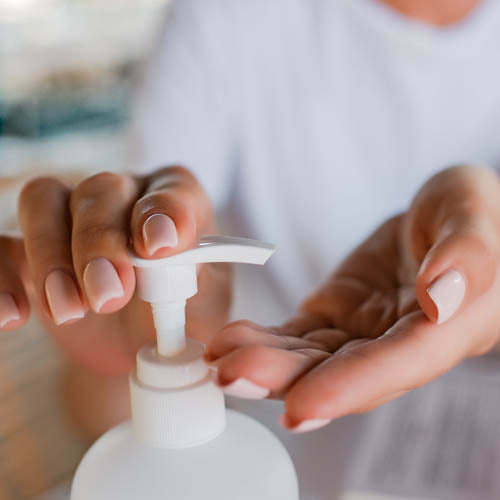
Infection Control
The use of non-sterile tools and equipment in nail salons significantly increases the risk of fungal or bacterial infections. Implementing strict sanitisation protocols is essential to prevent cross-contamination between clients and nail technicians.

Why pay expensive consultant fees when you can manage H&S yourself?
Improve your compliance while saving time and money by creating health & safety documents, customised to your business, yourself. Our Nail Salon health & safety range covers a suite of essential documents including health & safety policies, risk assessments, COSHH forms, fire safety documents, health & safety guidance, safety posters and more.
Benefits of managing H&S yourself...
-

Improve safety
Health & safety at work is about preventing accidents, incidents and ill-health by assessing the work environment, the activities within it, and taking appropriate action.
-

Increase compliance
Our ready to use documents, many of which are prefilled, will enable you to quickly increase your compliance to UK health & safety law.
-

Save money
With UK H&S consultants often charging upwards of £400 per day, there is a better way. Take control and save yourself time and money.
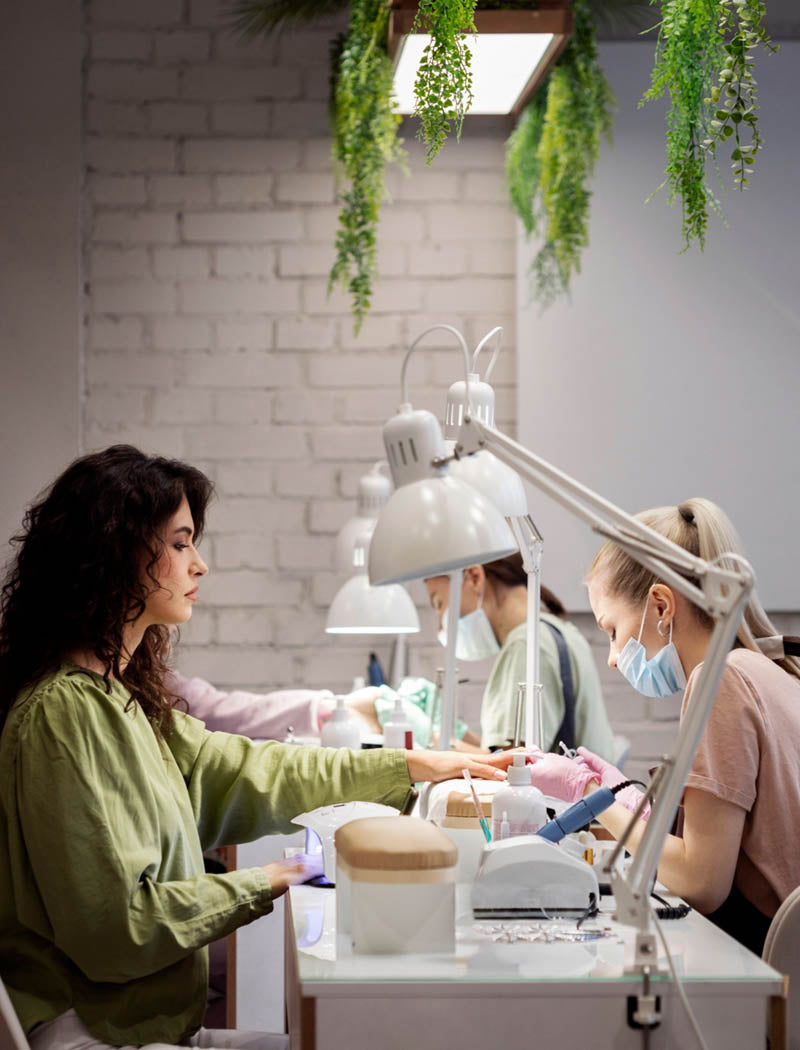
Investing in Safety: A Smart Choice for Nail Salons
Managing a nail salon in the UK comes with its own set of unique challenges. Between scheduling nail technicians, keeping up with the latest nail art trends, and ensuring a steady flow of clients, time is always of the essence. On top of this, you've got financial considerations, making the prospect of investing in health and safety compliance feel daunting.
But here's the reality: in an industry that involves close contact and the use of chemicals, tools, and equipment, cutting corners on health and safety isn't just risky—it could be catastrophic. UK regulations, from COSHH guidelines to HSE ventilation standards, are there to protect both your clients and your team. Failing to comply could result in legal repercussions, damage to your salon's reputation, and ultimately it may compromise the business you've worked so hard to build.
Health and safety isn't just a checkbox; it is foundational to the long-term success of your nail salon.
At easyhealthandsafety.com we aim to take the friction out of health & safety for beauty businesses by providing products and guidance so simple to use they are almost enjoyable.
Frequently Asked Questions
Nail Salons Health & Safety: FAQs
What are the key health & safety regulations governing nail salons in the UK?
In the UK, nail salons are subject to a range of health and safety regulations designed to protect both clients and staff. The foundational legislation is the Health and Safety at Work Act 1974, which establishes general duties for employers to ensure a safe work environment. More specific to nail salons, the Control of Substances Hazardous to Health (COSHH) regulations lay down guidelines for the safe handling and storage of chemicals commonly used in nail treatments. Additionally, the Health and Safety Executive (HSE) provides guidelines covering various aspects such as ventilation, fire safety, and the use of personal protective equipment (PPE). It's imperative for nail salon owners to familiarise themselves with these regulations and guidelines to operate a compliant and safe establishment.
Our Health & Safety Bundles will help you improve your business's health & safety compliance across the board. These provide a suite of essential documents that make the whole process easy. Find Health & Safety Bundles here.
What sanitisation procedures should my nail salon follow?
You will need to provide procedures for sanitisation if you have identified this requirement in your risk assessments i.e. you may need a procedure for sanitisation of tools that come into contact with skin or nails.
What legal consequences could I face for non-compliance with health & safety regulations?
Non-compliance can result in fines, legal action, or even closure of your salon. It's crucial to stay up-to-date with UK regulations to avoid these risks while ensuring the safety and well-being of both your clients and staff.
How should I store and manage chemicals in my UK nail salon?
The COSHH regulations provide information on how to store and use hazardous substances safely. Chemicals like acetone and nail polish should be risk assessed and be specific to your business. An example of control for a flammable substance would be to store in a well-ventilated area and away from heat sources.
Find our range of simple-to-use COSHH documents here.
Do I need to conduct risk assessments for my nail salon?
To control risks in your workplace, you need to think about what might cause harm to people and decide whether you’re taking reasonable steps to prevent it. You're probably already taking steps to protect your employees, but your risk assessments will help you decide whether you have covered all you need to.
Certain groups, such as young people or new & expectant mothers, are additionally protected under health & safety law. You need to take additional steps when taking their needs into account.
Find our Nail Salon Risk Assessment Template here.
Our full range of risk assessment templates is here.
What steps should I take if there's a health & safety incident in my salon?
In the event of an incident, your first priority is to ensure the immediate safety of everyone involved. Once that's secured, you should report the incident in your accident log book and take any necessary corrective action. Serious incidents may need to be reported to the Health and Safety Executive (HSE) under the Reporting of Injuries, Diseases and Dangerous Occurrences Regulations 2013 (RIDDOR).
Find our simple to use Accident Report Form here.







